Collection |
Collections
Filters
-
Collection Type
-
-
Focus |
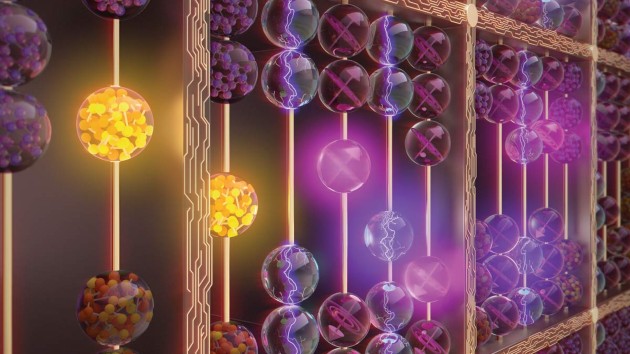 Non von Neumann computing
Non von Neumann computing
Data-centric computation and the scalability limits of the traditional computing systems based on von Neumann architecture necessitate the development of alternative computational approaches for future nanoelectronics.
Image: XVIVO Scientific Animation -
Collection |
 The Kavli Prize 2020
The Kavli Prize 2020
The Kavli Prize is awarded by a partnership between the Norwegian Academy of Sciences, the Norwegian Ministry of Education and Research and the Kavli Foundation.
-
Collection |
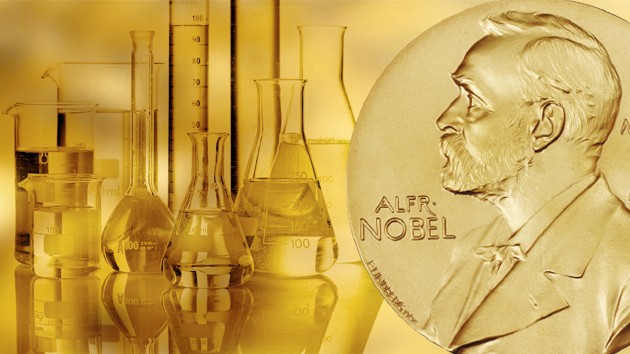 Nobel Prize in Chemistry 2019
Nobel Prize in Chemistry 2019
The 2019 Nobel Prize in Chemistry has been awarded to John Goodenough, M. Stanley Whittingham and Akira Yoshino for the development of lithium-ion batteries.
Image: Springer Nature/The Nobel Foundation/Imagesource -
Focus |
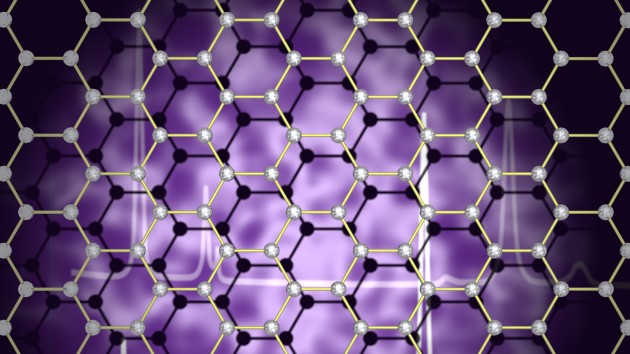 Graphene 15
Graphene 15
Since the first report of the isolation of atomically thin carbon films in 2004, the field of graphene and other 2D materials has expanded dramatically.
Image: David Schilter -
Collection |
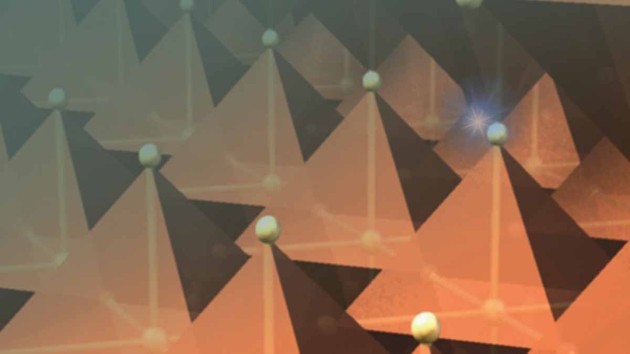 Perovskites for Optoelectronics
Perovskites for Optoelectronics
Perovskite materials have become very promising candidates for a new generation of potentially printable and efficient optoelectronic devices. Photovoltaic devices based on hybrid perovskites now achieve more than 20% photoconversion efficiency, and applications in solid-state lighting, photodetection and lasing are soaring. Their optoelectronic and photophysical properties are under intense scrutiny. This web-collection brings together a selection of multi-disciplinary research and comments published in the Nature journals that explores the basic properties of halide-based perovskite materials and their potential for application in optoelectronics, from solar cells to lasers. It serves to illustrate the road to easily processable and efficient devices by presenting both historical milestones and the crucial landmark studies published in the last 12 months in the Nature journals.
-
Focus |
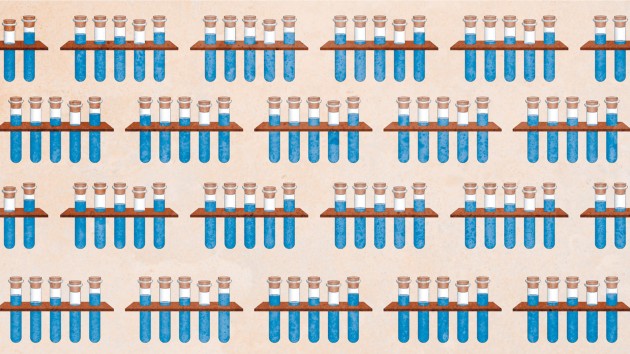 Transparency and reproducibility in nanobiomedicine
Transparency and reproducibility in nanobiomedicine
To aid result reproducibility in the nanobiomedicine area, several initiatives have been proposed, such as creation of curated databases or implementation of field-specific checklists.
Image: Bethany Vukomanovic -
Insight |
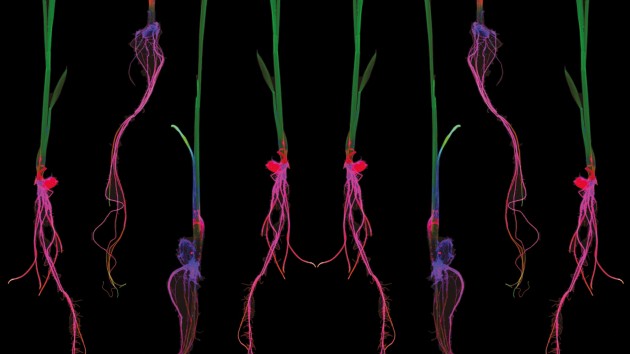 Nano-enabled agriculture
Nano-enabled agriculture
We have reason to believe that nanomaterials could play an important role in providing more sustainable agriculture, especially in the production of crops.
Image: Dr. Eleanor Spielman-Sun and Dr. Astrid Avellan, Carnegie Mellon University -
Focus |
 Art&science
Art&science
Several important works of art have been inspired by scientific concepts and are being displayed in several galleries around the world.
Image: Heritage Image Partnership Ltd / Alamy Stock Photo -
Focus |
 Nanoplastic
Nanoplastic
Plastic dispersed in the environment eventually fragments in minuscule particles known as microplastic and nanoplastic.
Image: Artwork by Thomas Kast, PhD -
Focus |
 Interlayer excitons
Interlayer excitons
When two or more individual monolayers are placed together to form an artificial homo- or heterostructure, the real van der Waals (vdW) architecture begins offering reach electronic, optical and magnetic phenomena oftentimes utterly unlike the monolayer case.
Image: Fabien Vialla -
Collection |
 Bioelectronic interfaces
Bioelectronic interfaces
In health and biomedical applications, electronic technologies allow monitoring, sensing and extracting physiological data as well as correcting or supporting tissue function through electrical stimuli. This collection highlights the recent developments in materials science, electronics and biology of bioelectronic devices.
Image: Andriy Popov / Alamy Stock Photo

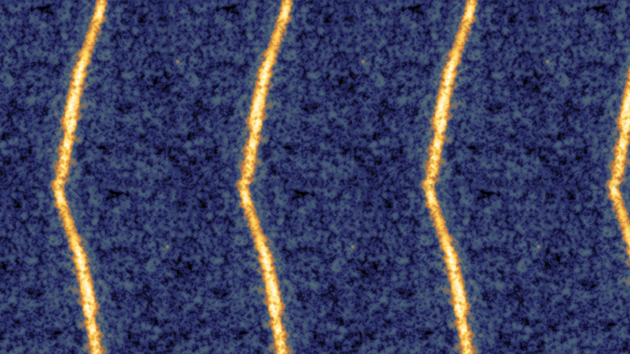 40 years of the quantum Hall effect
40 years of the quantum Hall effect